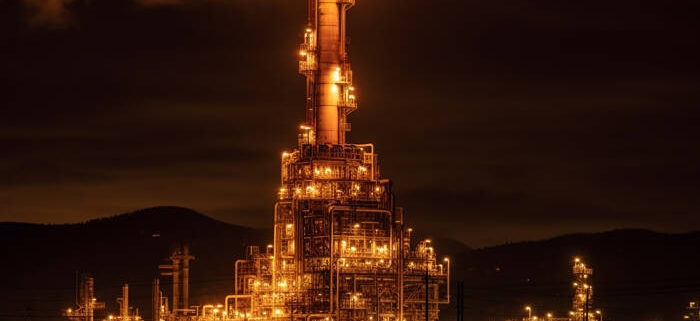Pure Fuel Information: Value Forecast Turns Unstable as LNG Demand and Climate Collide…
Does Storage Information Help a Bullish Case?
The most recent EIA report launched on Thursday confirmed a 174 Bcf draw from storage for the week ending January 31, exceeding some expectations however aligning with the five-year common. Whole working fuel now stands at 2,397 Bcf, which is 208 Bcf decrease than a yr in the past and 111 Bcf under the five-year common.
Whereas this factors to tightening provide, inventories are nonetheless inside historic norms, limiting speedy upside strain. Regionally, the most important declines got here from the Midwest (-56 Bcf) and South Central (-47 Bcf), reflecting increased heating demand. The South Central salt storage noticed a sharper decline of 12 Bcf, which may introduce provide volatility within the weeks forward.
Colder Temperatures Forward, however Will Demand Spike?
The February 6–12 forecast reveals a stark climate divide. The northern third of the U.S. will see chilly to very chilly situations, with snow and temperatures starting from under zero to the 30s. In the meantime, the southern two-thirds will stay delicate, with highs between the 50s and 80s, particularly throughout Texas. Nonetheless, colder air is predicted to push south early subsequent week, probably driving increased demand.
Forecasts from NatGasWeather point out mild nationwide demand by the weekend, adopted by a pointy enhance to excessive demand ranges subsequent week. If the colder development holds into mid-February, it may lend some help to costs. Nonetheless, merchants stay cautious, as current delicate climate has saved withdrawals consistent with seasonal expectations moderately than triggering a significant rally.
How Are Chinese language Tariffs Impacting LNG Markets?
On Monday, February 10, China is about to impose a 15% tariff on U.S. LNG, including a layer of uncertainty to world commerce flows. Whereas specialists see minimal short-term worth impression, a chronic commerce dispute may shift funding and provide progress towards different areas.
World LNG markets are already coping with shifting demand patterns, and any sustained commerce warfare may make U.S. LNG tasks much less aggressive. This provides one other layer of uncertainty to long-term pricing and provide methods.




Leave a Reply
Want to join the discussion?Feel free to contribute!